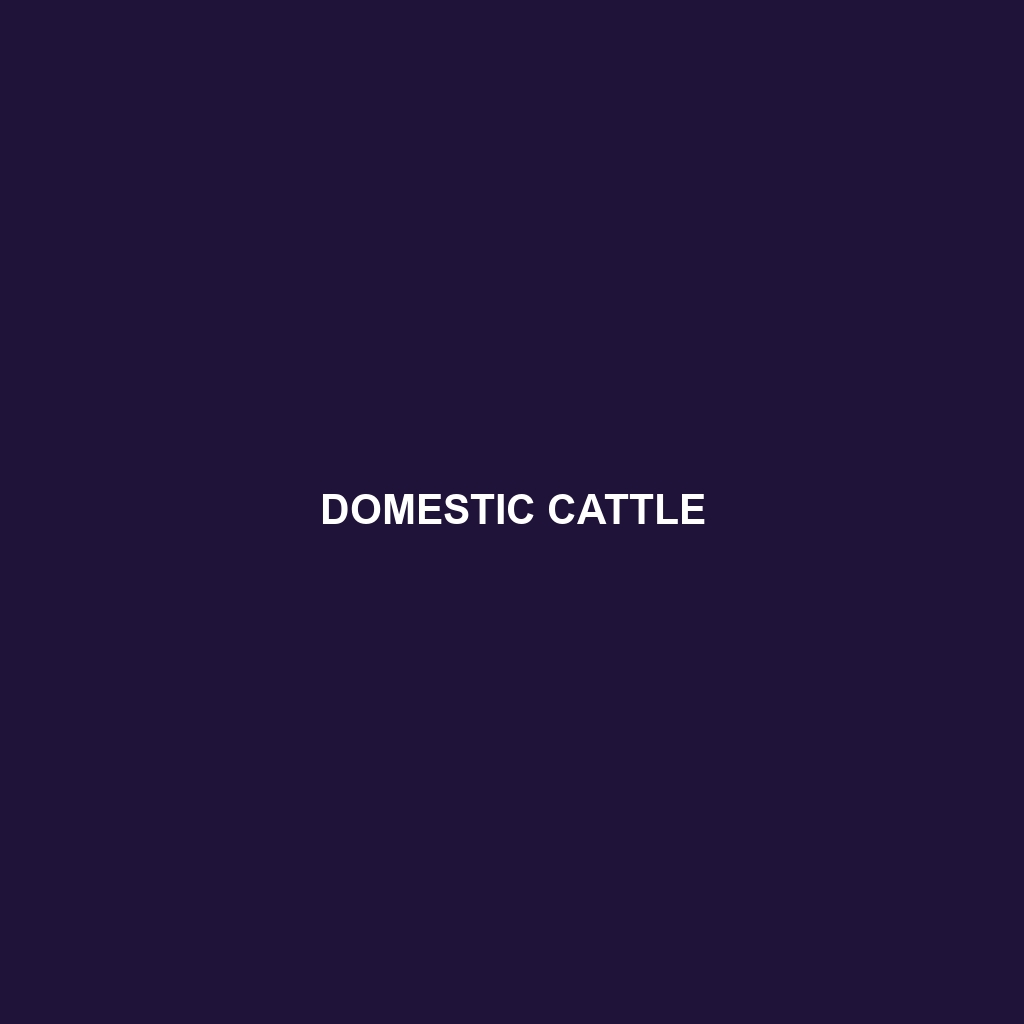Kouprey: An Overview
Common Name: Kouprey
Scientific Name: Bos sauveli
Habitat
Habitat: The Kouprey primarily inhabits dense tropical forests and grasslands in Southeast Asia, notably in Cambodia, Vietnam, and Laos. These habitats are often characterized by a rich biodiversity and are located near freshwater sources. The Kouprey prefers areas with ample cover for safety and access to grazing grounds.
Physical Characteristics
Physical Characteristics: The Kouprey is a large wild bovine, typically standing about 150 cm at the shoulder and weighing between 600 to 800 kg. Its coat is short and sleek, ranging from light gray to dark brown, with distinctive white markings on the face and limbs. The males have prominent, curved horns which can grow up to 1 meter in length, making them a remarkable sight in their natural habitat.
Behavior
Behavior: Koupreys are known for their relatively solitary nature, though they can sometimes be found in small groups, especially during feeding. They are most active during dawn and dusk (crepuscular), which helps them avoid the heat of the day. Their behavioral patterns also include wallowing in mud to regulate temperature and protect their skin from parasites.
Diet
Diet: The diet of the Kouprey primarily consists of grasses, leaves, and shrubs. They are herbivorous grazers, often seen foraging in savannas and open woodlands. Their feeding habits allow them to play an essential role in maintaining the health of their ecosystem by controlling vegetation growth and supporting the balance of plant life.
Reproduction
Reproduction: Koupreys typically breed throughout the year, with a peak during the rainy season. The gestation period lasts about 9 months, after which females give birth to a single calf. Maternal care is strong, with calves staying close to their mothers for several months, learning essential survival skills in their early days.
Conservation Status
Conservation Status: The Kouprey is classified as Critically Endangered on the IUCN Red List due to habitat loss, poaching, and competition with domestic livestock. Conservation efforts are critical to ensure the survival of this species, which is integral to the biodiversity of its habitat.
Interesting Facts
Interesting Facts: The Kouprey has been a symbol of national pride in Cambodia and plays a significant cultural role. Little is known about its behavior due to its elusive nature, making it a subject of interest for wildlife biologists and conservationists alike. Additionally, the Kouprey is the only wild bovine native to Cambodia, highlighting its unique ecological significance.
Role in Ecosystem
Role in Ecosystem: As a large herbivore, the Kouprey contributes significantly to its ecosystem by controlling plant growth and providing a food source for predators. Its grazing activities help maintain the balance of plant communities, fostering a healthy environment that supports various other species within its habitat.
